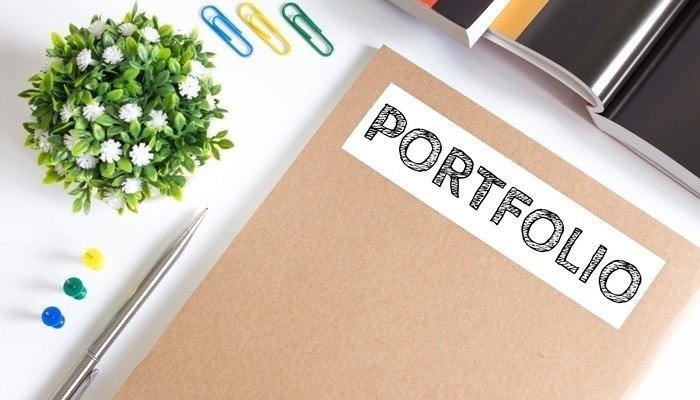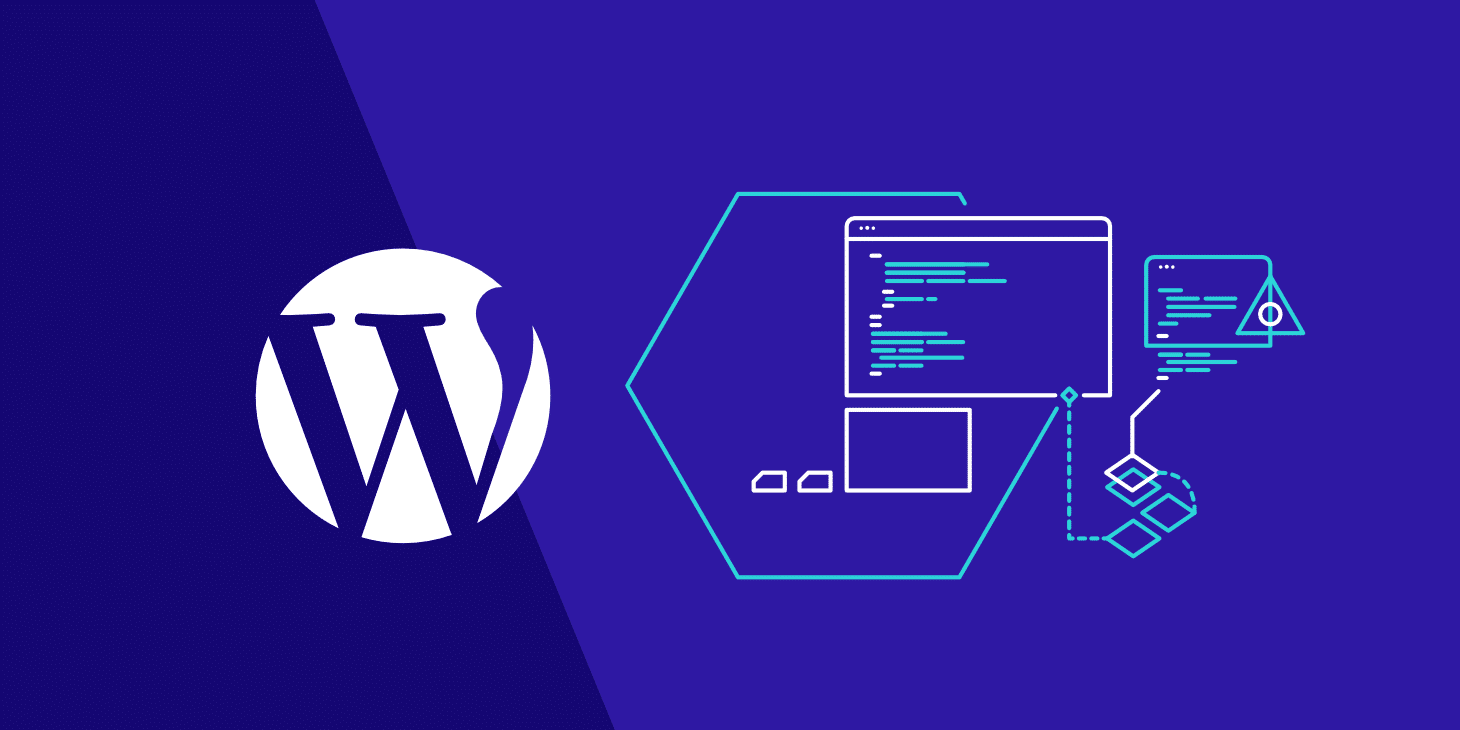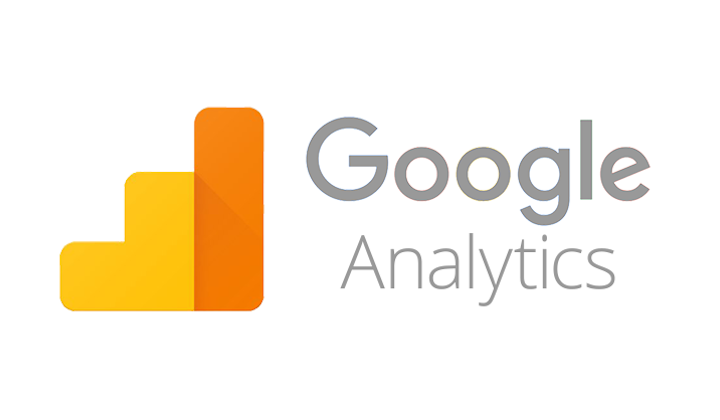
SET YOUR GOALS
You need to ask yourself, ‘what is your passion and what is it that you want to do?’. And if you are not sure, then you need to figure it out. It is best if you talk to someone who’s already in the same profession and industry. This will give you a much clearer vision and you would be able to figure out the direction you want to go in.

One question that you will be asked in every interview is – “Where do you see yourself in five years?” Now the important thing is you need to know the answer for that question for yourself. So make sure that you know what you want to do in your life and just focus on it, this would help you a lot and even make it easy for you to plan your future.
Be sure of building your career in an environment you can thrive in. Because the people around you can really affect your job and your career in the long run. So, you would want to find a job with an environment where people have passions similar to yours, connect with those people and you will go a long way in your choice of life.
WORK THAT PORTFOLIO
First impression is the long lasting impression if not the last impression. So, with your portfolio, you make the first impression. Your portfolio is the first thing your potential employer will look at. You have to work hard on your impression and present a few of your projects that you’re most proud of. Remember a portfolio is not just a bunch of sheets, it is how you present yourself and your way of thinking, so make sure every minute detail is perfect.

Try to avoid portfolios in pdf forms and dropbox folders with screenshots of your designs, especially if you’re applying at a digital company. There are a bunch of great online services that can help you build your portfolio in the best way (like Readymag, semplice, etc)
As a designer, always try solving the problems at hand with your projects. Talk about the approach you went with and the process you had whilst working on the said projects.
Here a few things that you should consider while sending your portfolio:
- What are the goals of your project?
- What is it that you want to solve?
- What is the background of your project?
- Who are your users?
- How do you plan on solving the problem with your project?
Design is not just about creating beautiful things, instead it’s about following the right process and employing creative storytelling to come up with a solution. Which implies, functional utility > aesthetics.
A lot of times, people looking for a job say that they don’t have any work to show, since they didn’t get a real opportunity to work. You should know that you need not worry about not having any experience of working in an agency or with clients. There might be a website or a tool that you use in your daily life, one with which you would have had a bad experience.
Now, look into and find out what the problem/flaw is and try to come up with a solution for it, as to how you could improve it. There you go, you can present your work and approach by resolving the problem.
Be extremely careful with your portfolio, keep in mind all the current technologies and the latest designs for the same. Lastly, show what you are best at, and what you would want to work on.
INTERVIEW: PREPARE YOURSELF
First, research the company thoroughly before you go for the interview. Gain knowledge about the people who already work there and try to find them on social media. You will find a lot of useful information that may help you further. And, don;t forget to research the clients’ they are working for and the projects that they have done so far.

Second, be ready to present yourself and your work. Critiques help you sharpen your communication skills as a designer, as there is always scope for learning how to articulate what you did, how you did and why. Basically, it will help you in explaining your idea to the reviewer in a much better way.
The last and the most important key, BE HONEST. Nobody is perfect, so you remember to communicate them to your reviewer/potential employer.
CONCLUSION
Explore different companies, their profiles and websites, where you will find what they do and how they do it. And also about the people and the culture in their company. Attend design workshops and meetups, you have the best shot at meeting and getting to talk to people from the industry, you will find a lot of insightful information. And lastly, stay fresh with your portfolio work and keep yourself updated on the current trends in digital designs. Remember, this not just for applying to a job, but for all times. It’s good to stay updated all time.






